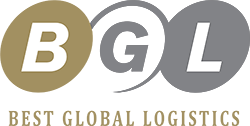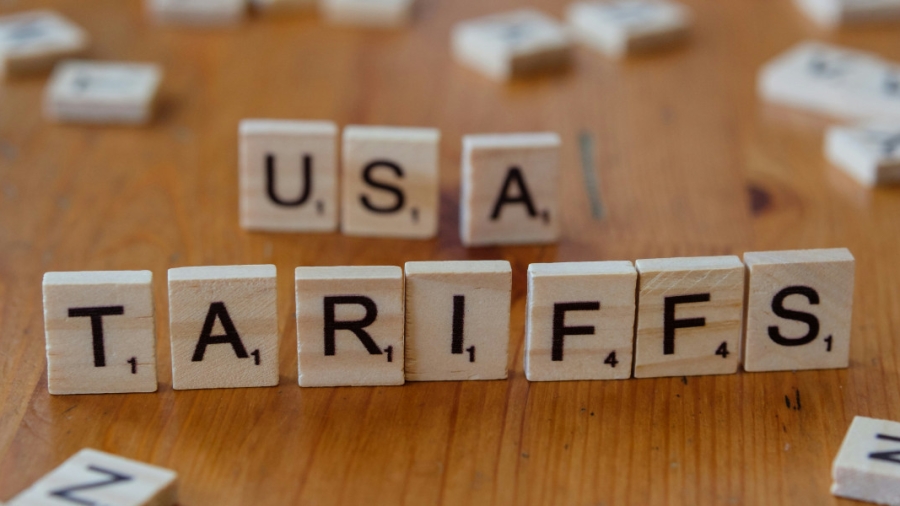At Best Global Logistics (BGL), we know that global trade doesn’t stand still — and neither should your supply chain. One trend that’s reshaping shipping lanes, factory footprints, and logistics flows is the impact of US tariffs, especially on goods from China.
These tariffs have pushed companies big and small to rethink their sourcing strategies. The result? A boom in production — and logistics — across Southeast Asia.
From ‘Made in China’ to ‘China Plus One’
For decades, China was the obvious choice for efficient, large-scale manufacturing. But when tariffs drove up the cost of Chinese-made goods entering the US, many firms started looking for alternative or complementary production bases.
Enter ASEAN — a region that includes Vietnam, Thailand, Indonesia, Malaysia, and the Philippines — with competitive labor costs, improving infrastructure, and governments eager to attract foreign investment.
The ‘China Plus One’ approach is now mainstream. Manufacturers are setting up new plants or expanding existing ones in Southeast Asia to reduce their tariff exposure and spread risk.
The Ripple Effect: ASEAN’s Logistics Boom
This production shift has created huge opportunities — and big challenges — for logistics. When factories move, supply chains must adjust, often from the ground up.
- Ports and Airports Expansion: Vietnam’s container ports are handling record volumes. Thailand’s Eastern Economic Corridor is investing heavily in port upgrades, rail links, and free trade zones.
- Cross-Border Growth: Trucking routes and customs corridors between ASEAN countries are seeing more traffic than ever, requiring better coordination and real-time visibility.
- Warehousing Demand: With production dispersed, companies need more regional warehouses, bonded facilities, and value-added services like sorting, packaging, and labeling closer to factories.
- E-commerce Push: Rising incomes in Southeast Asia and a younger population mean more demand for last-mile delivery, fulfillment centers, and returns management — adding another layer to logistics planning.
Challenges Are Real — But So Is the Opportunity
While ASEAN’s logistics sector is booming, it’s not without hurdles. Infrastructure gaps, regulatory differences, and skilled labor shortages can cause delays and add cost if not managed properly.
That’s where an experienced 3PL partner makes the difference. At BGL, we help our clients navigate this complex landscape, whether it’s choosing the right port, streamlining customs, managing cross-border trucking, or setting up flexible warehousing solutions.
How BGL Helps You Adapt
Our teams across the region work hand-in-hand with customers to build supply chains that are:
Resilient — Diversify your sourcing and production footprint to manage tariff risks and supply shocks.
Agile — Optimize transport modes, routes, and inventory levels as market conditions shift.
Visible — Use our integrated tech platforms for real-time tracking, reporting, and exception management.
Cost-Efficient — Find the sweet spot between cost, speed, and reliability, whether you’re moving raw materials in or finished goods out.
Ready to Make ASEAN Work for You?
Tariffs may have sparked the change, but the long-term growth in ASEAN’s logistics capabilities is here to stay. As your trusted 3PL partner, Best Global Logistics is ready to help you seize these opportunities — with the local expertise and global network you need to succeed.
If you’re considering a ‘China Plus One’ strategy or want to strengthen your regional supply chain, let’s talk. Our experts are on the ground to support you every step of the way.



